In this comprehensive guide, we’ll explore some of the best options for heat-loving flowers that are sure to bring your summer garden to life.
Marigold
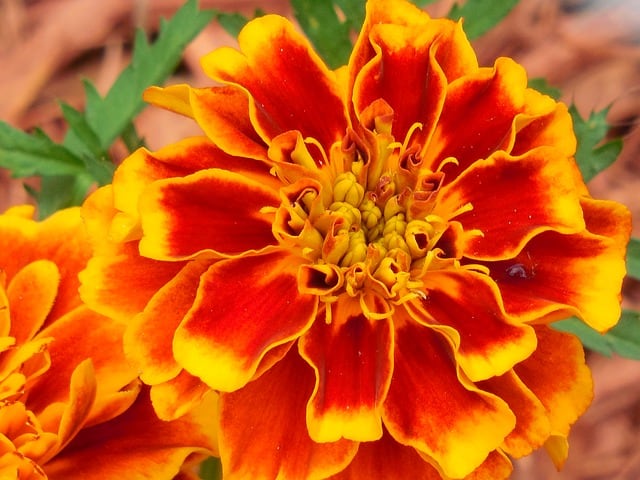
Marigolds are true champions of the summer garden. These hardy annuals are available in a variety of colors, primarily vibrant orange and yellow, and they are incredibly easy to grow. They thrive in full sun and can tolerate poor soil conditions, making them an excellent choice for novice gardeners or those with less-than-perfect garden spaces.
Aside from their beauty, marigolds also possess beneficial traits. They are known for their ability to deter pests, such as nematodes and aphids, making them not only aesthetically appealing but also functional. Planting marigolds among vegetables or other flowers can help create a naturally pest-repelling environment, enhancing the health of your garden. For the hottest areas, the French marigold, with its compact growth and cheerful blooms, is particularly recommended.
Lantana Camara
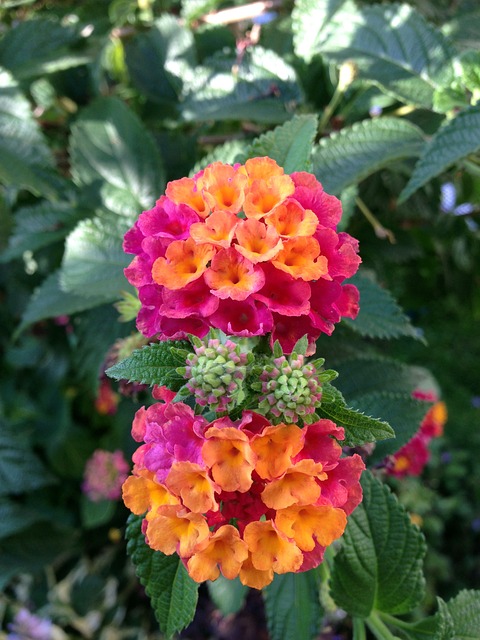
If you’re in search of a flower that radiates tropical beauty and is drought-tolerant, look no further than Lantana camara. This perennial flower is often grown as an annual in cooler climates and features clusters of small, vibrant blooms that can appear in nearly every color of the rainbow.
Lantana is a sun-loving plant that attracts butterflies, making it a strong addition to pollinator gardens. Its resilience in hot and dry conditions means fewer worries about watering schedules and maintenance. Additionally, Lantana can also be used as ground cover; its sprawling nature helps suppress weeds while providing a beautiful floral display. However, it’s important to consider local regulations, as Lantana can be invasive in some areas. Be sure to research your local guidelines before planting this stunning flower.
Zinnia
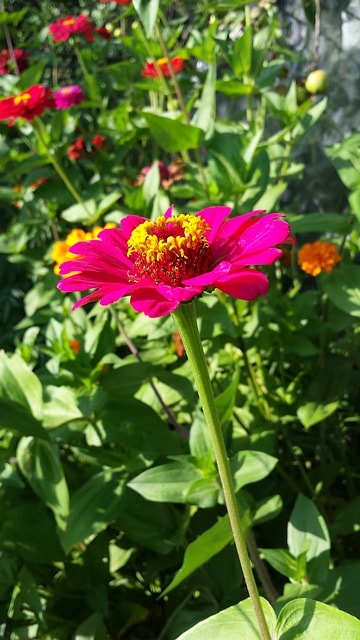
Zinnias are a go-to choice for sunny summer gardens, sporting an impressive range of colors, shapes, and sizes. These annuals boast large, bright blooms that can create a dazzling display. Known for their resilience, zinnias thrive in well-drained soil and are drought-tolerant once established, making them ideal for gardens that experience hot and dry spells.
What makes zinnias truly special is not just their eye-catching appearance, but their ability to attract a multitude of pollinators, including bees and butterflies. Zinnias come in several varieties, including the popular ‘Zinnia elegans’, celebrated for its classic daisy-like flowers. These colorful blooms can make gorgeous cut flowers, allowing you to bring the beauty of your garden indoors. With zinnias, you’re guaranteed a summer filled with vibrant colors and happy pollinators.
Cosmos
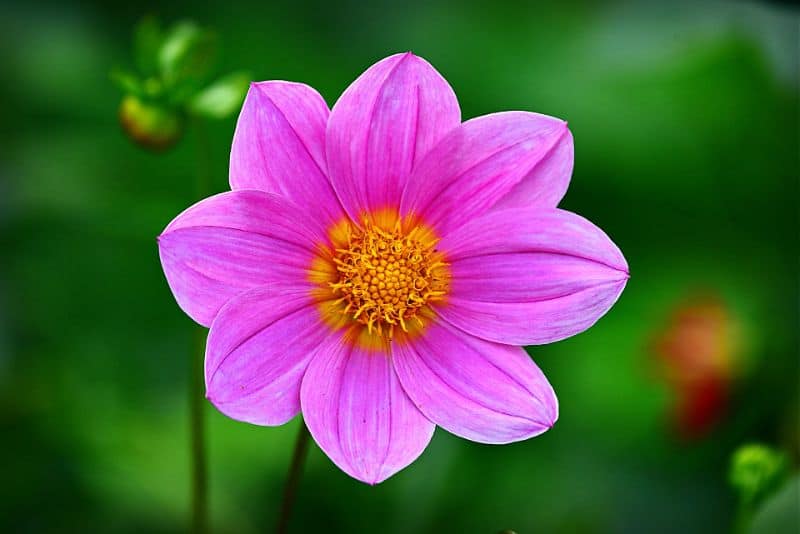
Cosmos flowers are as charming as they are resilient. These annuals provide a soft, romantic appeal with their delicate petals and feathery foliage. Available in colors ranging from white to pink to deep crimson, cosmos are perfect for creating a dreamy cottage garden atmosphere.
One of the incredible features of cosmos is their ability to thrive in poor soil and withstand heat and drought, freeing gardeners from constant watering concerns. They can reach heights of up to four feet, providing a stunning backdrop for shorter blooming plants. Cosmos also attract beneficial insects like bees and butterflies, making them an excellent addition to any pollinator garden. Their graceful sway in the summer breeze not only adds aesthetic charm but also invites nature to join your summer celebration.
Portulaca
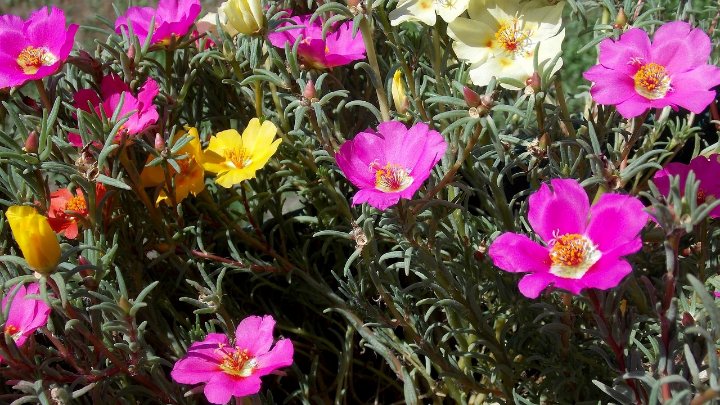
For those seeking an exceptionally hardy flower, Portulaca, or moss rose, is an ideal choice. This succulent annual thrives in hot, dry conditions and requires minimal water, making it perfect for xeriscaping or low-maintenance gardens. Portulaca’s fleshy, needle-like leaves and bright, cup-shaped blooms create a striking contrast that is sure to please.
Portulaca is a pro at conserving water, opening its flowers in the sunshine and closing them in the evening. This attribute makes it unique and also very adaptable to high temperatures. Available in a variety of colors, including vibrant pinks, yellows, and oranges, they are perfect for hanging baskets, borders, and rock gardens. Their low-growing habit also makes them excellent for filling in bare spots and adding ground cover in sunny locations.
Celosia
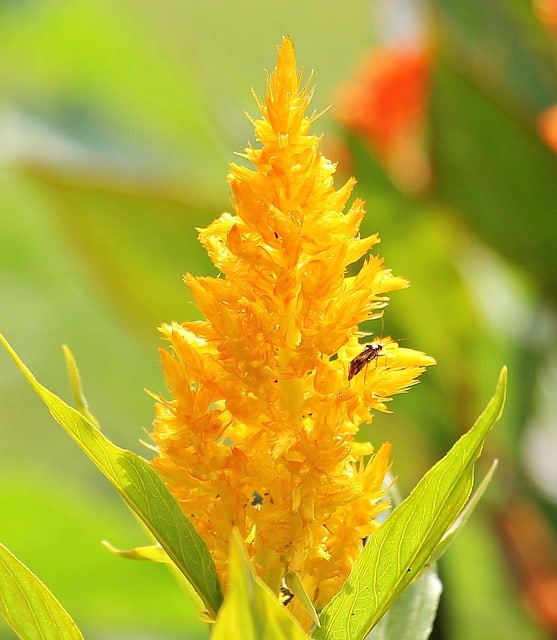
Celosia, with its unique, plume-like flowers, stands out as a sensational addition to any summer garden. Known informally as cockscomb, these bold blooms come in stunning shades of red, yellow, and orange. Celosia prefers full sun and can handle the heat like a champ, making it a reliable choice for summertime displays.
In addition to its striking visual appeal, celosia is also drought-resistant once established, needing minimal maintenance. Beyond the garden, they excel as cut flowers, often lasting up to two weeks in a vase. Additionally, their feathery texture and vibrant colors can elevate any floral arrangement. Soil that is well-drained and rich in organic matter will keep celosia thriving, ensuring your garden remains a vibrant oasis all summer long.
Verbena
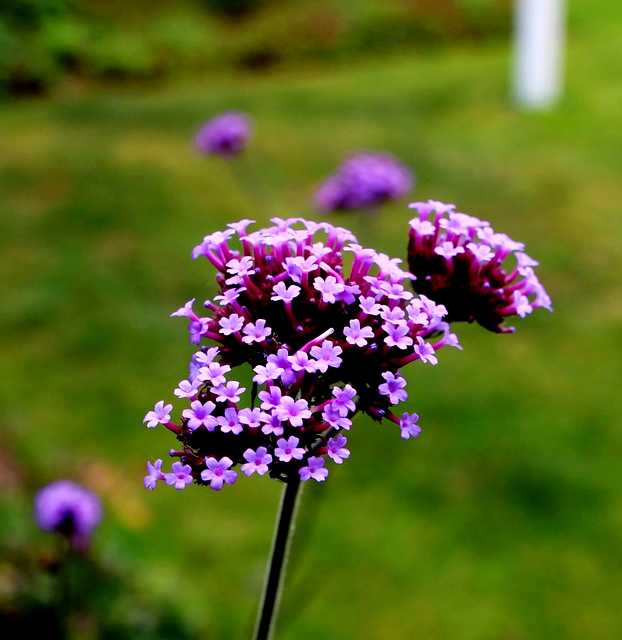
Verbena is another stellar heat-tolerant annual that brings color to your garden with its resilient nature and long blooming season. With a vast array of colors and growth habits, verbena is incredibly versatile, sprawled across garden beds or cascading beautifully from containers.
These sun-loving plants are renowned for attracting butterflies and hummingbirds, enriching your garden with life and movement. Verbena is also quite tolerant of drought once established and can handle various soil types, although well-drained soil is preferable. Its sprawling growth habit makes it excellent for hanging baskets or as ground cover, while upright varieties can add height and interest to flower beds.
Vinca
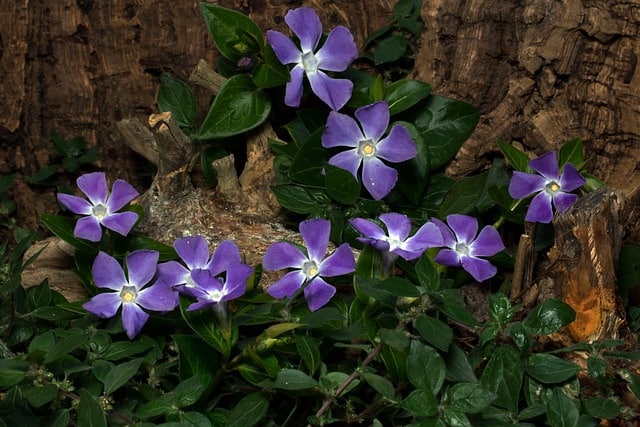
Vinca, also known as Catharanthus roseus, is celebrated for its glossy leaves and brightly colored blooms that keep going strong through the toughest summer heat. These annuals, which can feature single or double flowers ranging from pinks to whites to deep purples, thrive with little care and are incredibly adaptable.
These flowers are not just tough against the heat; they also continue to bloom despite drought conditions, making them perfect for low-maintenance gardens or busy lifestyles. Vinca’s compact growth habit allows it to shine in both garden beds and container arrangements, letting you bring their beauty to patios or balconies. Their cheerful appearance is sure to brighten up any space, no matter the outdoor conditions.
Sunflower
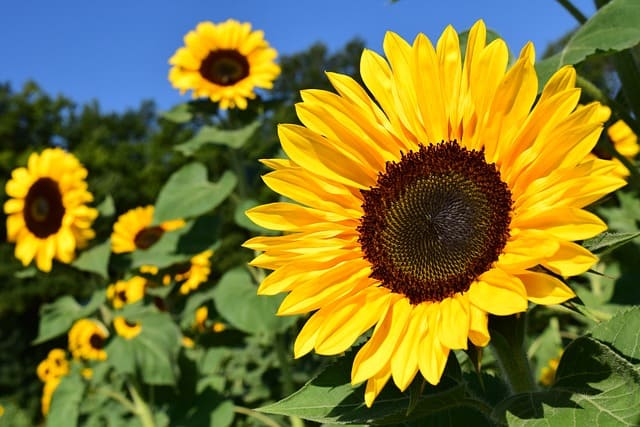
Sunflowers are iconic summer flowers known for their towering heights and large, cheerful blooms that resemble the sun. With varieties that range from dwarf types to those reaching impressive heights, sunflowers add vertical interest and a splash of vibrant yellow, signaling the joy of summer.
They thrive in full sun and well-drained soil, and they are particularly drought-tolerant once established. Aside from their aesthetic value, sunflowers serve a dual purpose: they attract a myriad of pollinators and produce edible seeds. Whether you choose to cultivate them for their impressive blooms or for harvesting seeds, sunflowers are a timeless selection that encapsulates the essence of summer.
Salvia
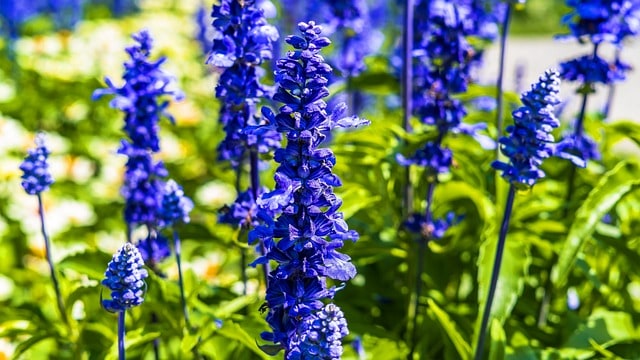
Salvia, known commonly as sage, encompasses a range of flowering plants that thrive in both heat and drought conditions. With numerous varieties boasting a spectrum of vibrant colors, they are particularly loved for their long-lasting blooms and aromatic foliage.
Salvias do well in well-drained soil under full sun, and their resilience makes them excellent candidates for both formal and cottage-style gardens. Their tubular flowers are especially appealing to hummingbirds, ensuring your garden stays lively with the flit of colorful wings. Additionally, salvias can be used in companion planting, helping to deter deer and other unwelcome visitors in the garden.
Petunia
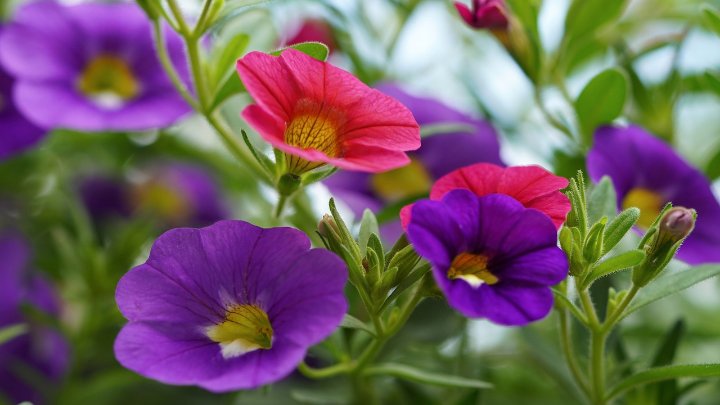
Petunias are enduring favorites among gardeners for their prolific blooms and generous color range. From soft pastels to intense jewel tones, these annuals brighten up any space with their cascade of flowers. Petunias thrive in sunny locations and can adapt well to various soil types, although they prefer well-drained conditions.
They make stunning choices for hanging baskets and window boxes, where their trailing habits can be showcased elegantly. With a variety of choices — including grandiflora, multiflora, and surfinias — petunias can suit any garden style. As self-cleaning plants, many modern varieties require less maintenance, allowing for easy summer enjoyment without the hassle of deadheading.
Gomphrena
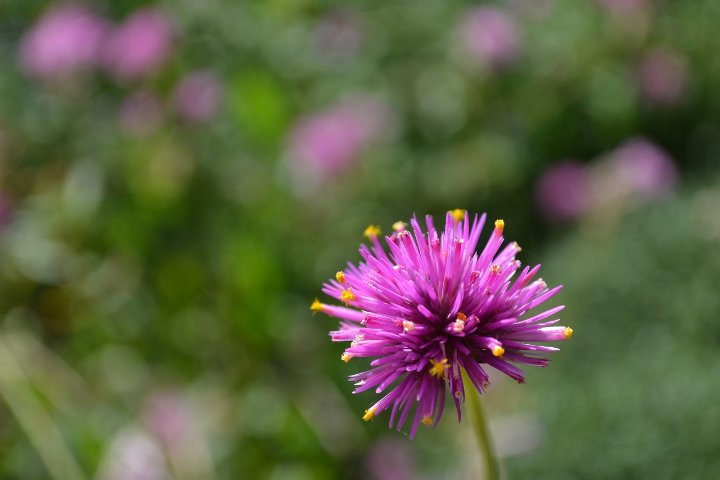
Gomphrena, often called globe amaranth, is a striking flower celebrated for its unique globular blooms and ability to withstand heat and drought. Available in bold shades of purple, pink, and white, they add a whimsical touch to summer gardens and can stand firm against adverse weather conditions.
These resilient annuals excel in full sun and dry conditions, making them popular choices in xeriscaping and low-water gardens. Gomphrena flowers are not only beautiful; they are also excellent as dried flowers, retaining their color and form for months after being cut. Their long-lasting nature and adaptability make them a fantastic choice for gardeners looking to infuse their outdoor spaces with charm and character.
Spider Flower
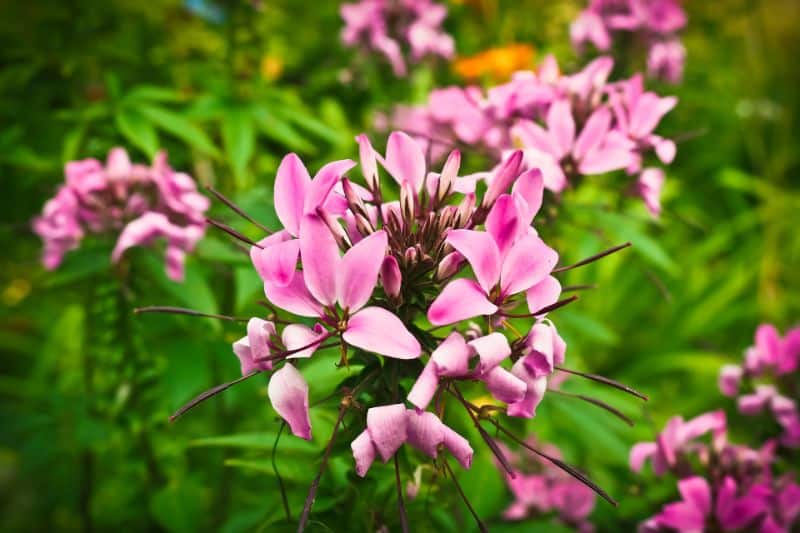
The spider flower, or Cleome, offers a unique visual appeal with its spiky flowers that appear to dance on top of tall stems. Growing up to five feet high, this impressive annual thrives in sunlight and can tolerate poor, dry soils, making it a strong contender for heat-filled summer gardens.
The whimsical, airy blooms attract bees and butterflies, enriching your outdoor oasis with opportunities for wildlife viewing. Cleome is particularly resilient against drought, allowing it to remain stunning even during dry spells. Its unique shape and structure add vertical interest to flower beds, complementing other blooms beautifully.
Amaranthus
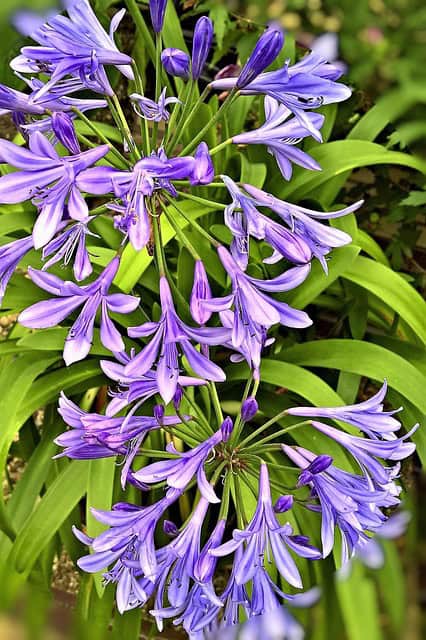
Amaranthus comes in many forms, some valued for their vibrant and long-lasting flowers, while others are admired for their decorative foliage. Heat-tolerant and drought-resistant, amaranthus is a favorite for gardeners looking to make a bold statement.
These flowers’ tall spikes and unique foliage create a striking contrast in any garden setting. They can grow in poor soil and do well in full sun, adapting to varying conditions with ease. Some varieties can also serve as edible greens, further enhancing their appeal. Planting amaranthus not only adds beauty but also offers versatility, allowing you to utilize them for culinary purposes.
Coreopsis
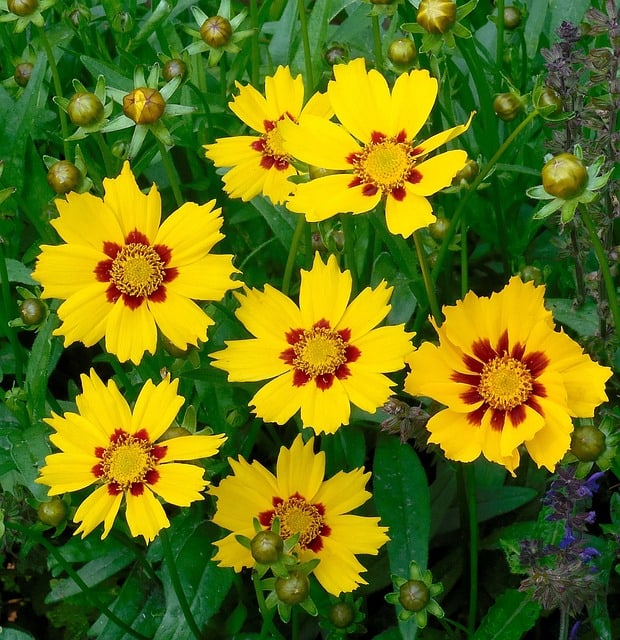
Coreopsis, also known as tickseed, is a reliable, cheerful flower that blooms profusely all summer long. With daisy-like flowers in warm yellows and reds, coreopsis thrives in full sun and adapts well to well-drained, poor soils.
These easy-care flowers require minimal maintenance and attract pollinators, making them a favorite among gardeners. Coreopsis varieties differ in height and bloom forms, allowing you to select options that suit your garden best. Their ability to withstand drought makes them suitable for low-water gardens, ensuring your garden stays cheerful and bright through the warm months.
Ageratum
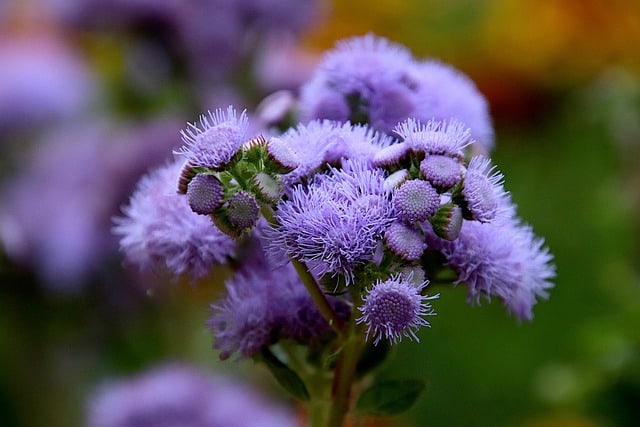
Ageratum is a charming annual, adored for its fluffy clusters of flowers that look like little pom-poms. With shades of blue, purple, and white, these delightful plants bring a soft touch to sunny garden borders and containers.
This flower is known for thriving in heat and can handle poor soil, making it suitable for various planting conditions. Ageratum works wonderfully as a border plant, guiding the eye through the garden or providing color alongside other summer blooms. Moreover, its lovely fragrance and ability to attract butterflies add to its popularity as a summer favorite.
SunPatiens
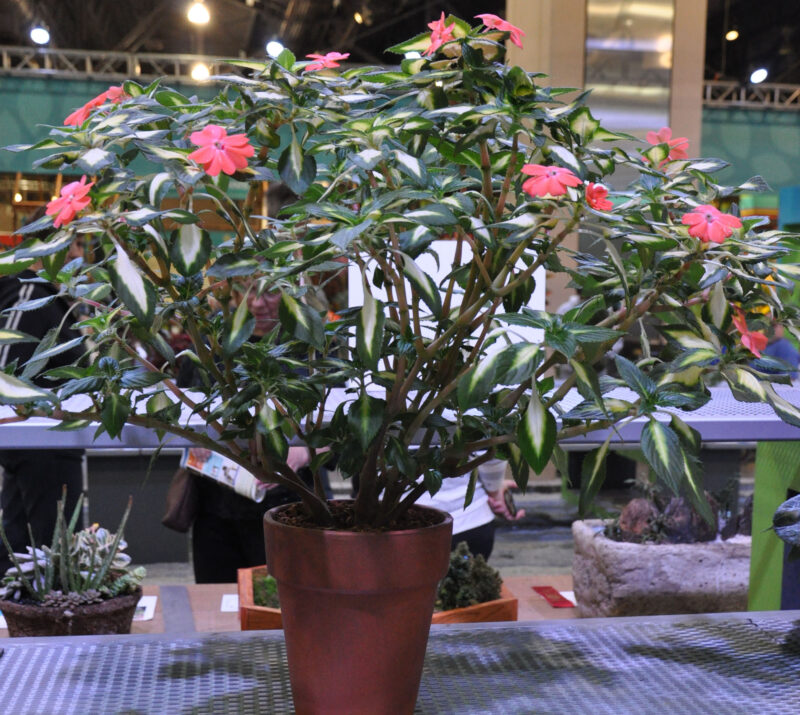
SunPatiens represent the best of both worlds: they combine the beauty of impatiens with the vigor and durability required for hot, sunny locations. These hybrid plants are exceptionally heat-tolerant and can handle direct sunlight without wilting, making them perfect for summer gardens.
SunPatiens bloom profusely in a variety of vibrant colors and require minimal maintenance. Their bushy growth habit makes them ideal for garden beds, borders, or container arrangements. Furthermore, they are resistant to some diseases that affect traditional impatiens, ensuring that your garden remains healthy and vibrant. With their resilience and beauty, SunPatiens will ensure your summer garden shines brightly.
Angelonia
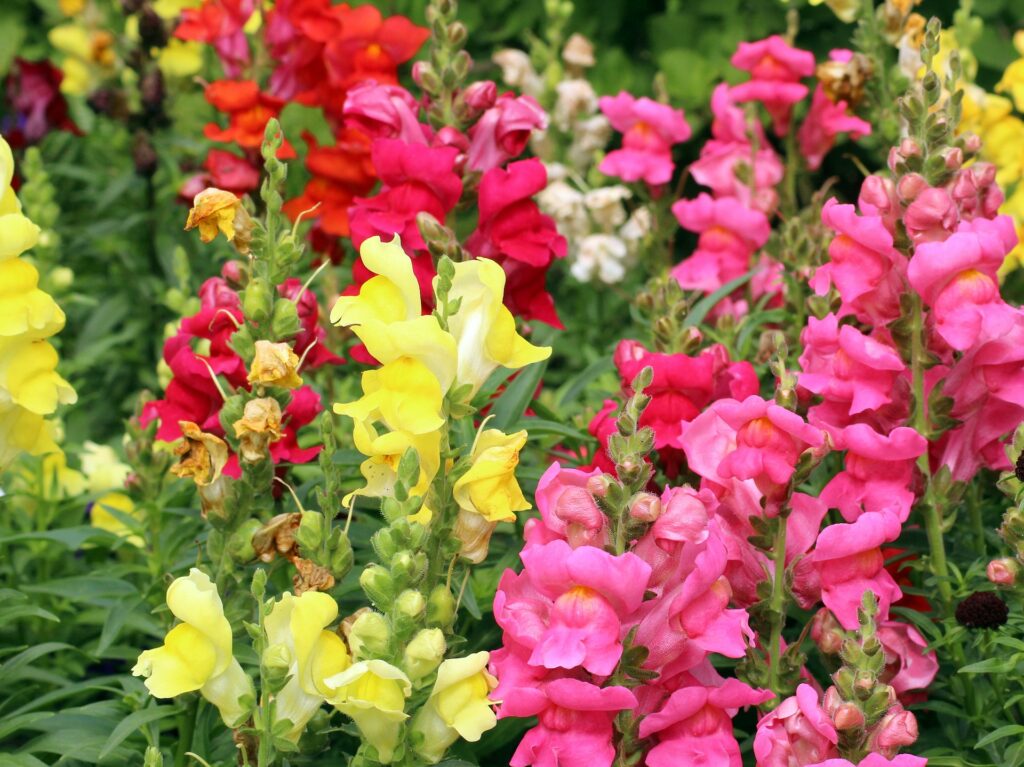
Angelonia, often referred to as summer snapdragon, offers beautiful spikes of flowers that are perfect for hot, sunny environments. Available in shades of blue, purple, white, and pink, these charming blooms add a touch of elegance to any summer garden.
Angelonia thrives in well-drained soil and can withstand drought, making it a practical choice for busy gardeners. These flowers also attract pollinators and are admired for their long-lasting blooms, both in the garden and as cut flowers. Their compact growth habit allows them to fit beautifully into any garden design or container, making them a perfect addition to your summer floral palette.





